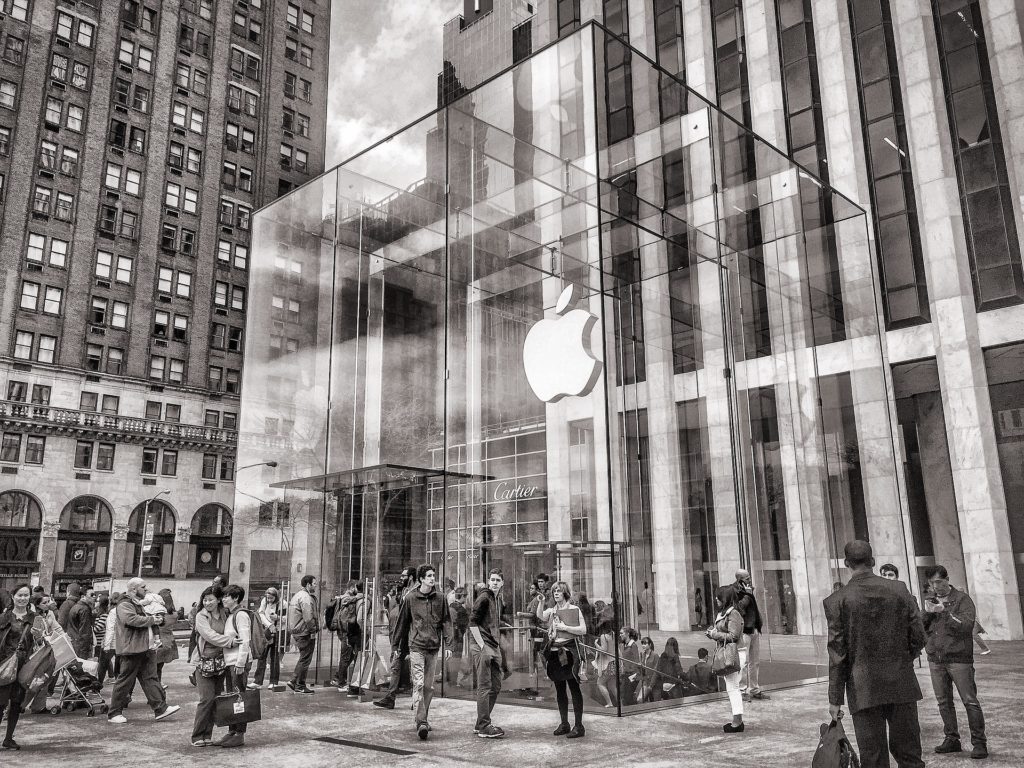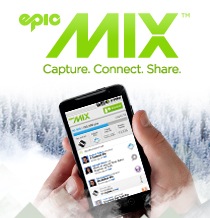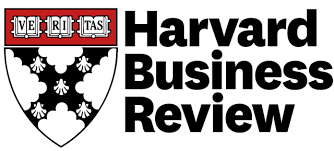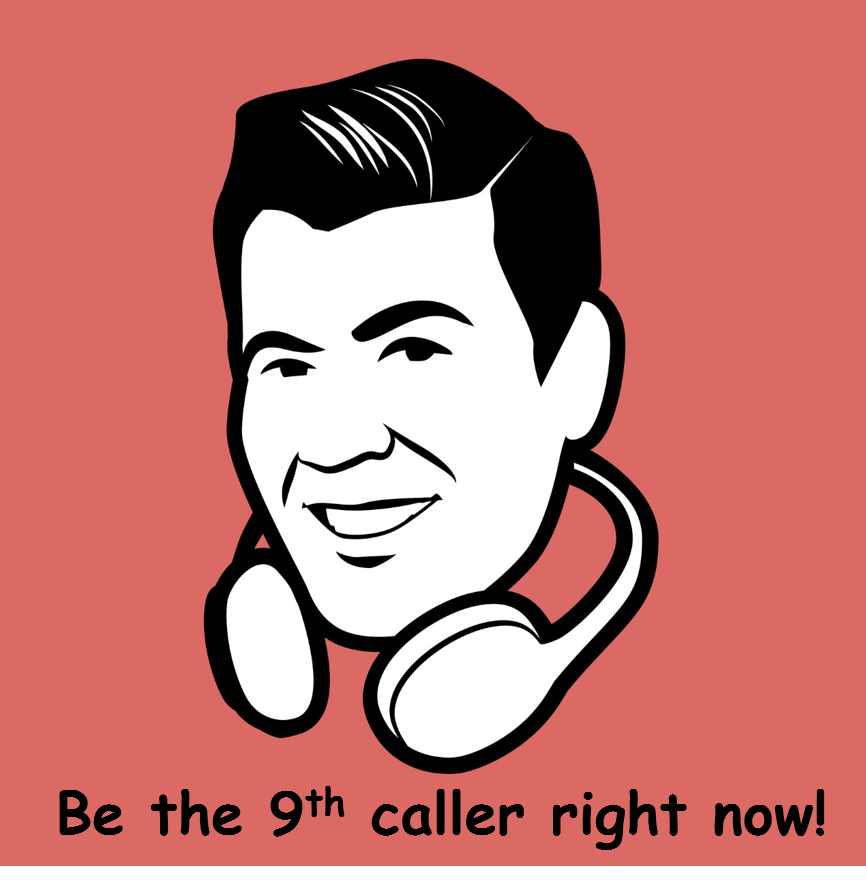
A new Harvard Business Review article tracks a research study that is an eye-opener for brands from any industry.
The study was conducted by SAP, Siegel+Gale, and Shift Thinking. And it provides evidence that digital brands are going well beyond doing things differently – they think differently. And for the most part, they’re more in-step with how American culture is changing.
They did a face-off to measure the differences in perceptions of legacy brands and their digital disruptors – to name a few:
- Airbnb vs. Hilton/Marriott
- Dollar Shave vs. Gillette
- Venmo vs. American Express
And in each case, the traditional company scored higher in the image statement, “Is the brand that people look up to.”
But it was their new tech counterparts that took top honors for “Makes my life easier.”
And you’d have to believe we might see that same level of differentiation if we looked at these media “brand twins” and asked the same questions:
- Netflix vs. ABC-TV
- Pandora vs. broadcast radio
Authors Mark Bonchek and Vivek Bapat believe the essence of these differences comes down to what they call “purchase brands” vs. “usage brands.”
“Purchase brands” use typical promotions and contests to drive business, while “usage brands” focus on creating demand on the use of their  products and services. The authors use ski lodges as examples. Most simply market lift ticket discounts and snow-making machines. But they mention Vail Resorts as a brand that has shifted its focus to usage via a program called EpicMix. It’s social media for skiers, featuring gamification, performance metrics, photos, and community sharing.
products and services. The authors use ski lodges as examples. Most simply market lift ticket discounts and snow-making machines. But they mention Vail Resorts as a brand that has shifted its focus to usage via a program called EpicMix. It’s social media for skiers, featuring gamification, performance metrics, photos, and community sharing.
Another example is Apple’s Genius Bar, and the ability to make a purchase anywhere in the store versus Best Buy’s big checkout section right out in front. Again, the Apple Store fosters experiences, while BestBuy is more focused on making the sale.
The authors point to the fact that not all traditional brands end up in the “purchase” category. Costco, Lego, and FedEx are offered up as examples of companies that exhibit “usage brand” traits. And so it is in radio, where there are brands that are hyper-focused on customer service, loyalty, and creating great listener experiences.
But so many other radio brands are focused on “purchase” values that trump experiences and providing services to listeners. Music stunting, contesting, and email blasts are all part of driving ears to listen to the radio. But in an environment where experiences, engagement, and relevance are becoming important priorities, too many radio stations fall short.
 Bonchek and Bapat suggest that even the metrics of measuring brand equity should be re-examined – focusing more on online recommendations, reviews, and social media interactivity than on winning industry awards. They explain that more legacy companies are primarily focused “on how people perceive the brand rather than how they experience the brand.”
Bonchek and Bapat suggest that even the metrics of measuring brand equity should be re-examined – focusing more on online recommendations, reviews, and social media interactivity than on winning industry awards. They explain that more legacy companies are primarily focused “on how people perceive the brand rather than how they experience the brand.”
That goes right back to the questions radio tends to ask in perceptual research studies – often overweighted in measuring images rather than connections.
This is a lot to chew on going into a weekend, but our own personal experiences tell us our interaction with brands and our expectations from them are undergoing change. There’s no reason to think radio stations are somehow apart from the changing mindset that is rapidly redefining how we interface with companies.
Too often, we hear people swat away broadcast radio with sweeping statements like “I never listen to the radio anymore.” But the fact is, most of them still do – perhaps not as much as their parents, but given the ubiquity of radios in so many places – especially cars – listening to the radio is unavoidable for most people.
So, what are those moments like? Is it about “purchase” thinking like “caller 9” contests, 30 minutes commercial-free, and car dealer  remotes? Or is it also about “usage” qualities that help listeners connect with their communities, their favorite music, and experiences that are indelible and buzzworthy?
remotes? Or is it also about “usage” qualities that help listeners connect with their communities, their favorite music, and experiences that are indelible and buzzworthy?
The bar has been raised. If it was just about tactics, radio would be in the “winner’s circle” forever. That’s the fuel that has helped thousands of radio stations maintain competitive ratings.
But today, it’s about brand equity – the qualities that separate radio stations from each other, as well as competitive services like satellite and streaming radio.
- DJs And Baristas: Can They Save Their Companies? - May 2, 2025
- Radio’s New Audience Equation: Z Over Y = Trouble - May 1, 2025
- What Is It With Female Robot DJs? - April 30, 2025




Once again, great information for ALL brands to consider. My takeaway is if we create an “environment where experiences, engagement, and relevance” is key, not only will we get “walk in” business but our consumers/audiences will bring NEW people with them. If we are focused on anything other than converting consumers/audience into FANS, we’re wasting our time and money.
Marty, much appreciated – from someone who truly is a brand guy. Thanks for commenting.
As Greg Strassell regularly says “It’s about building fans.”
Smart guy.
spot. on.